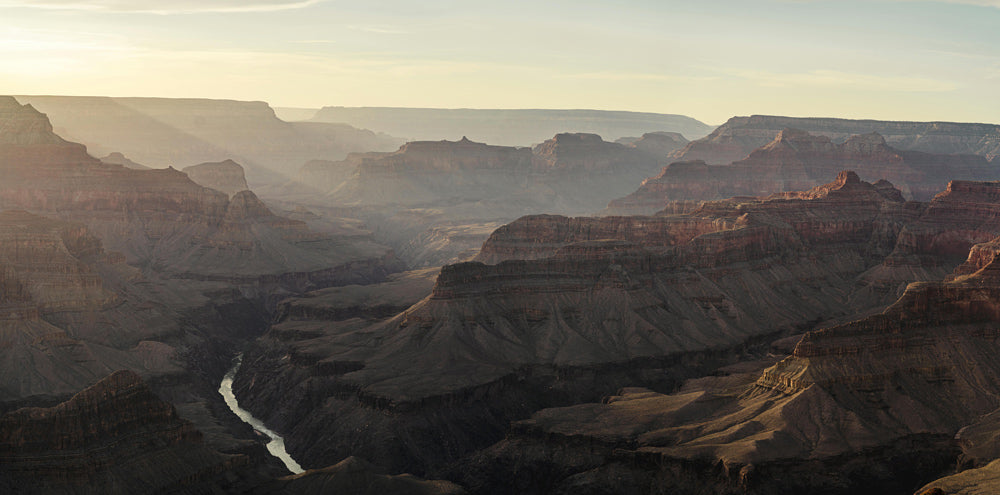Farmers and Cities Clash Over Dwindling Colorado River Waters
Matthew Russell
The Colorado River, spanning 1,450 miles, is a vital resource for the western United States. It provides water to 40 million people, irrigates 5.5 million acres of farmland, and supports countless ecosystems. Yet this lifeline is under immense strain.
Decades of drought, climate change, and legal challenges to its allocation threaten its future. Here’s a closer look at the major pressures facing the Colorado River and what’s at stake.

Photo: Pexels
Water Use in Agriculture: The Biggest Slice
Agriculture dominates water use in the Colorado River Basin. In Colorado alone, farmers and ranchers consume 80% of the state’s water supply, reports Fresh Water News. These resources sustain essential crops like alfalfa and corn and support livestock industries critical to local economies. However, as climate change accelerates, streamflows have declined, leaving farmers scrambling to adapt.
While urban residents often target agriculture for water cutbacks, experts warn that indiscriminate reductions could devastate rural communities and lead to food shortages. Perry Cabot, an agricultural scientist, has explored water-saving techniques such as crop rotation and fallowing but notes that scaling these measures requires significant investment and careful management.

Photo: Pexels
Who Holds the Rights?
Water rights on the Colorado River are rooted in the century-old principle of "prior appropriation," which prioritizes older claims. This system heavily favors agricultural users, particularly in California’s Imperial Valley. According to ProPublica, 20 farming families in this region consume more water than the entire Las Vegas metropolitan area. Much of this water goes to cultivating hay for livestock feed, some of which is exported internationally.
Critics argue that the system’s inequities perpetuate overuse and inefficiency. For instance, farmers in the Imperial Valley receive water at just $20 per acre-foot, a fraction of what urban municipalities pay. Anne Schechinger of the Environmental Working Group called this subsidy “crazy,” given the river’s dwindling supplies.

Photo: Pexels
The Threat of Abandonment
In Colorado, fears of losing water rights have led to overuse. The state’s “use it or lose it” doctrine pressures farmers to maximize water usage, even when unnecessary. A report by the Colorado Sun shows how some water users divert more than they need, believing it safeguards their claims.
While state officials have implemented protections to prevent abandonment of older water rights, misunderstandings persist. Jason Ullmann, Colorado’s top water engineer, acknowledged that this dynamic often leads to waste. Efforts to modernize irrigation systems have improved efficiency, but entrenched behaviors remain a challenge.
Climate Change and the "Free River" Loophole
Seasonal runoff provides a temporary boon for water users, allowing them to take more than their legal allocation under Colorado’s “free river” rule. This practice, defended as constitutional, draws criticism for exacerbating shortages downstream. Researchers at the University of Virginia argue that closing this loophole could save tens of thousands of acre-feet annually, enough to stabilize water levels in reservoirs like Lake Powell, reports the Colorado Sun.
State officials, however, contend that ending the free river rule could harm farmers who depend on spring runoff to sustain crops through summer.
“If we want to lose more agriculture, that’s a great way to do it,” rancher Kathleen Curry told The Colorado Sun.

Photo: Pexels
Balancing Competing Needs
The Colorado River Compact, signed in 1922, divided the river’s flow between seven states and Mexico based on an overestimate of available water. Today, with flows reduced by about 20%, renegotiations loom large. Upper Basin states like Colorado argue they are already using less than their allocated share, while Lower Basin states face mandatory cuts.
Farmers, cities, and environmentalists remain at odds over who should bear the brunt of reductions. Urban centers like Las Vegas have implemented aggressive conservation measures, such as banning decorative grass. In contrast, some agricultural users resist calls for change, citing economic pressures and historical rights.
The Road Ahead
Preserving the Colorado River requires innovation, collaboration, and difficult trade-offs. From modernizing irrigation to adjusting water laws, solutions exist but demand political will and financial investment. As Jay Famiglietti, a water researcher at Arizona State University, told ProPublica, “Tough decisions are needed to save the river.”
Without action, the river’s decline will jeopardize ecosystems, agriculture, and drinking water for millions. The choices made today will shape the future of this vital resource. Click below to take action for this critical source of water!

